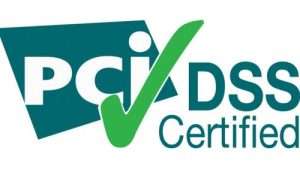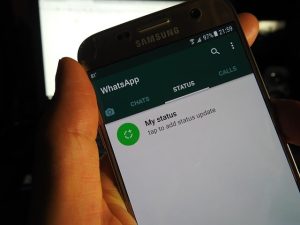Accessible PC Tips for Seniors

Computers have become a vital tool for many seniors. They can help you stay in touch with family and friends, find information, and get great deals on travel.
However, not all computers are designed with seniors in mind.
These ideas may help a senior who has been discouraged from exploring digital possibilities because it appears difficult or inaccessible.
Here are some PC tips that can be helpful to older adults to navigate their personal computers.
Organize Shortcuts
Simple tweaks to your application icons or shortcuts can make them more accessible and easy to see.
You could place icons in the middle of the desktop in horizontal lines instead of vertical lines so they can be read across like a book.
Also, you can make them bigger in your personalization settings or add more contrast to improve their visual recognition.
Alternatively, you could use a launcher, which reorganizes the icons and ways to access information on your screen.
Many PC launchers like OneLaunch Chromium have been designed to improve the system design and allow you to access information at a glance, such as news and weather.
Use Magnification
Older adults often have a difficult time reading text on a computer screen.
The average computer has font and text size settings that can be changed to make the content easier to read.
Most Windows systems also allow you to turn on magnification for the whole screen.
In Windows, pressing the Windows key by the space bar and + can bring up the magnification panel.
Many of these settings also can be found in Windows in the Ease of Access settings panel.
Internet browsers also have functions to adjust the font sizes simply by holding down Control and scrolling your mouse wheel or pressing the + or – keys.
Some browsers such as Chrome may allow the installation of extensions which can improve the accessibility of most functions.
Adjust the Accessibility Settings
Adjusting the brightness and color contrast on your screen is a simple way to improve its visibility.
Brightness determines how much bright the screen is and contrast adjusts the difference between colors on your screen.
Experimenting with these settings may aid in seeing the screen more clearly with vision problems like color blindness.
If you are using a PC with Windows, these settings are also found in the Ease of Access settings panel.
Many PCs can also be used through auditory methods, such as having the text read to you or by giving voice commands to access information.
Text reading can be turned on in the Ease of Access panel.
Windows systems use a voice assistant called Cortana which runs while your system is on so you can interact through voice with your computer.
Feeling at ease in the digital world doesn’t have to be a challenge.
Your PC can help keep you connected and provide you with immediate information about any topic.
With a few simple accessibility hacks, you can navigate the digital world with ease.







